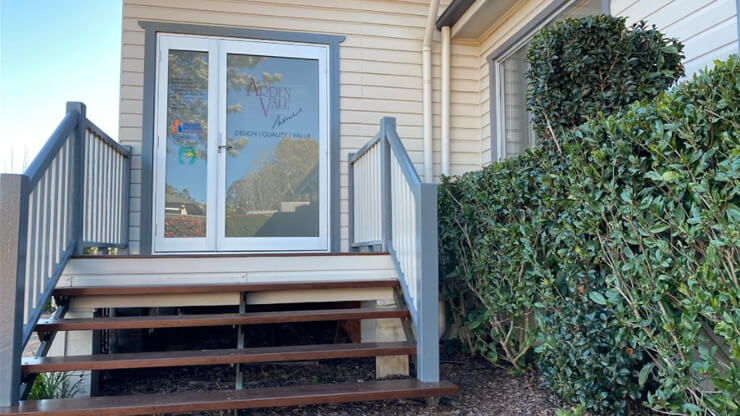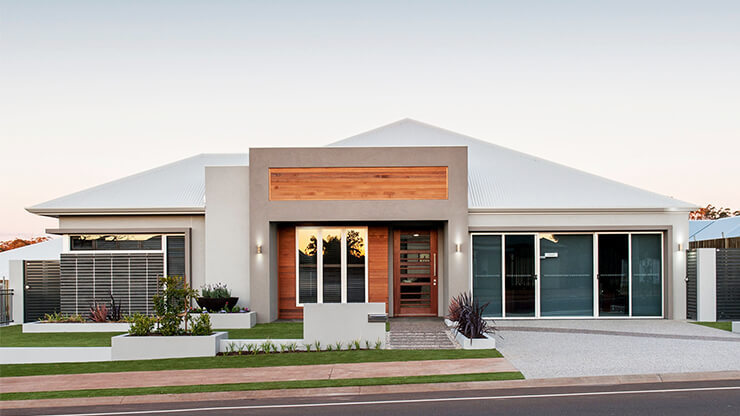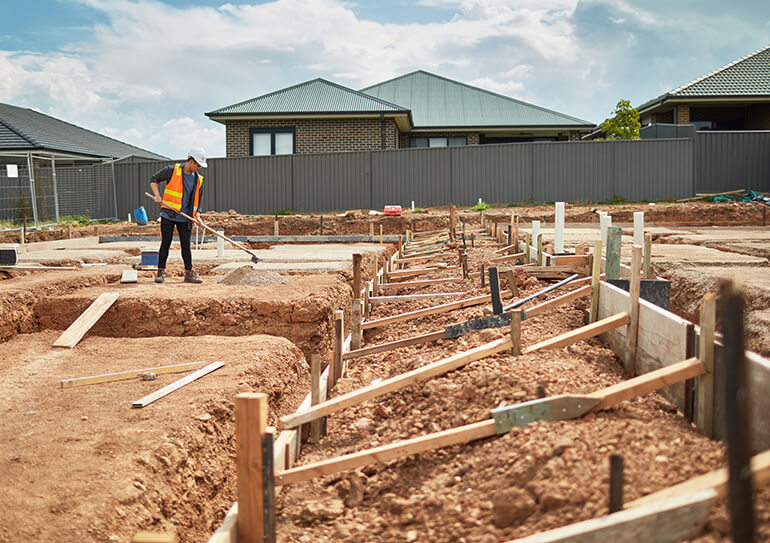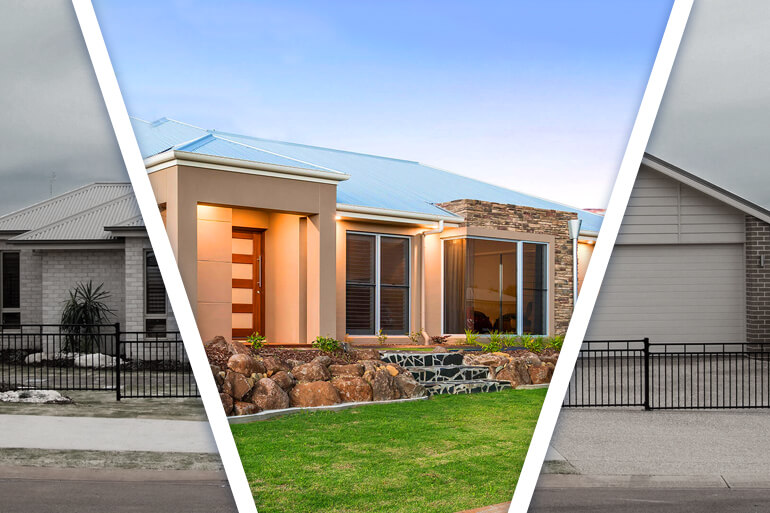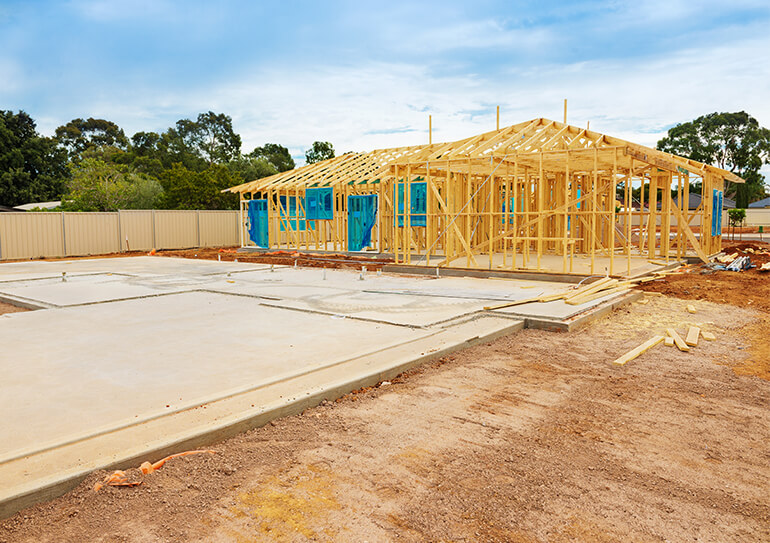
Raft Foundations Vs Waffle Pod Foundation Systems
There are different types of foundation used in the construction industry. In most cases, either raft slab or the waffle pod slab is built for constructions. Each foundation type has its pros and cons. Today, we’ll compare these two common ways of building foundations one to another. So, you’ll see the difference and be able to make the conclusions.
Let’s get started.
Raft Foundations
A raft foundation is also known as an engineered slab or a mat foundation. This type of foundation is used to provide the support for columns and load-bearing walls. The main function of a raft foundation is to spread the load of the building over a large area. As a result, the pressure on the ground is lowered significantly.
Oftentimes, a raft foundation is used for home construction. A raft foundation is also recommended if the construction has heavy columns or safe bearing capacity of soil is low. When a raft foundation is built, beams can be used to connect columns one to another.
It’s worth noting that a raft foundation works well for most types of homes. Initially, the construction site is carefully investigated by a structural engineer (Soil test). If the construction is going to be built on the site with poor ground conditions, then a raft foundation will adjusted to suit, piers maybe required or additional depth of foundations can be adjusted as an option. In this case.
When building raft foundations, it’s incredibly important to take into account the soil type. The different soil types require different solutions. If the construction is built on sandy soils, then it’s not necessary to add deep stiffening beams as well as edge beams to the foundation. If the construction is built on clay soils, deeper edge beams and stiffening beams are added to the foundation.
The process of building a raft foundation consists of several stages:
- Initially, the top ground layer is removed.
- Excavation trenching in rows as per the engineers beam design.
- Steel is placed inside the foundation lines
- Crusher dust is used for bedding to complete the shaping
- Sub drains are installed ready and lagged to be covered by concrete
- Concrete is poured over the steel, plumbing and dust to creature the desired structural layout
- Formwork is placed on the building’s perimeter & main house slab is poured.
Pros
- The vast majority of builders are experienced in raft slabs. So, it’s not difficult to find the professionals, who can build this type of foundation.
- Raft foundation is safe and strong. Raft slabs can last for a long time.
- Raft foundation requires less concrete comparing to a waffle pod slab.
- Raft slabs are more tolerant to poor ground conditions.
Cons
- When a house with many corners is built, a lot of stiffening beams are used. As a result, the construction costs increase.
- Raft slabs are not energy efficient option.
- Raft slabs require great drainage. That’s why, designing a drainage system for raft foundations require careful attention.
Waffle Pod Foundation Systems
The waffle pod foundation is built above the ground. Waffle slab construction works well over rocky and sandy soils. This type of foundation has gained a huge popularity over the last years.
A waffle concrete slab foundation has become an effective solution to different types of the issues in the construction industry.
The boxes are a key element of a waffle pod foundation system. The boxes are made from such materials as fiberglass, recycled plastic or Styrofoam. The system is built on the top of the ground. The depth of boxes depends on the soil type.
It makes a lot of sense to build the waffle pod foundation on non-reactive sites and on slightly reactive clay sites. Also, the foundation can be built on moderately reactive clay sites. Waffle pod slabs are not a good solution for highly reactive clay sites. The reality is, achieving good drainage in such soil conditions can be hard.
The process of pouring waffle pod foundation consists of the following stages:
- It all begins with the preparation. Building pad is prepared. So, building surface is created.
- Underground sub drains & utilities are installed.
- Formwork is placed.
- Waffle boxes are arranged. Plastic clips are used to connect the boxes. The boxes have to be laid down correctly.
- Reinforcing steel is installed.
- Post tension cables are placed. Cables make the construction stronger and help it hold weight.
- The concrete is poured on top of waffle pods.
As a result, a pocket of air is created. The foundation has less contact with underground soil. The boxes expand when soils get wet. On the other hand, the boxes shrink when soils dry out. That means that foundations can easily adapt to changes in landscape. That’s why the risk of breaking, cracking, shifting and structure failing reduces significantly.
Waffle boxes provide the space under the surface of the ground and make it possible to prevent these kinds of things from happening.
Pros
- The foundation provides efficient performance.
- Waffle pod slabs are an energy efficient option. This makes the foundation system such a popular choice.
- It’s pretty easy to setup and build a waffle pod foundation system.
- The foundation building process doesn’t take too much time. Waffle pod foundation makes it possible for builders to save a lot of time during the construction process.
- It’s possible to use waffle slabs on filled sites & sites with pour drainage
Cons
- Waffle slabs need greater floor-to-floor height.
- Waffle slabs may not work well in certain ground conditions. The foundation system of this type is not a suitable option for soft ground conditions, slopping sites and high wind areas.
- Waffle slabs require expensive formwork.
- Waffle slabs are difficult to maintain.
- Waffle slabs require the proper site drainage. Sometimes, it’s necessary to bring up ground surface levels. Oftentimes, builders choose to use sand and rocks to drainage the site. These materials are porous and they make water go under a waffle slab.
Raft Foundation or Waffle Pod Foundation System?
A properly designed foundation gives a building strength and support it needs. However, it’s incredibly important to choose the right type of foundattion for the construction. A structural engineer will examine the construction site, soil type as well as building project’s requirements and advice an appropriate solution.

